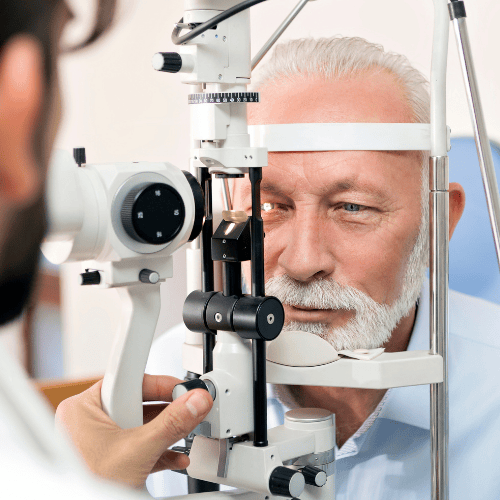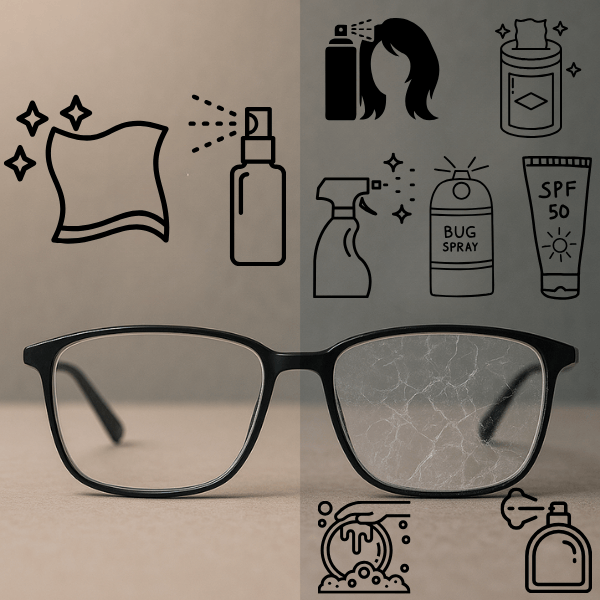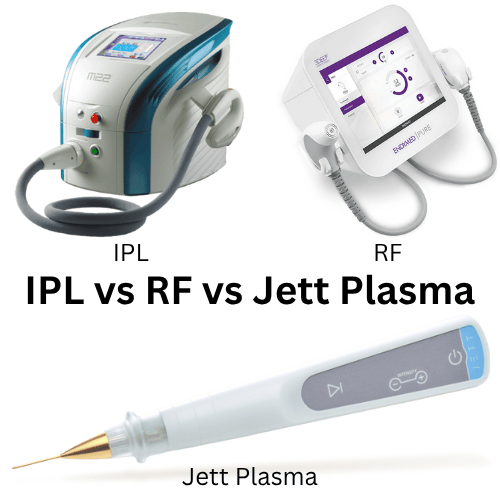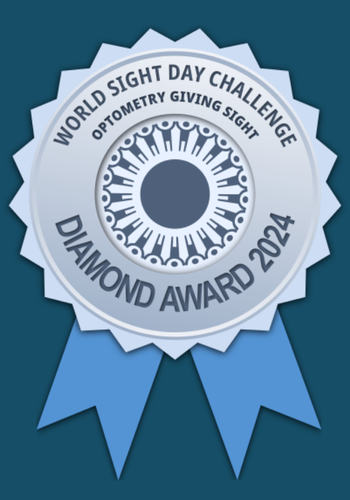WHAT’S INVOLVED IN A COMPREHENSIVE EYE EXAM?
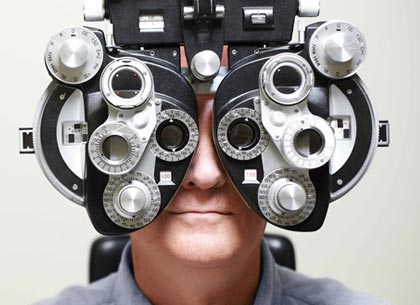
A comprehensive eye exam performed by a Doctor of Optometry is an important part of preventative health care. It can be likened to a physical for the eye because it looks at the entire eye and visual system, as well as prescriptions. Comprehensive eye exams can detect eye diseases and disorders such as glaucoma, cataracts, retinal detachments and macular degeneration, as well as other systemic health problems such as diabetes and high blood pressure.
A comprehensive adult eye examination may include, but is not limited to the following tests (an individual patient’s presenting signs and symptoms, along with the professional judgment of the Optometrist, may significantly influence the testing done):
- A case history including past and present vision and medical issues, as well as a detailed family history.
- An analysis of the patient’s visual needs at home, work, school and play. In some instances, this may necessitate questions about the patient’s school/work environment and recreational activities, in order to accurately determine the patient’s visual demands
- Measurement of the visual acuity of each eye, individually and together, both with and without corrective lenses at distance and near
- Diagnosis of the refractive status or prescription (focusing power of the eye) based on a combination of objective (measurements) and subjective (patient responses to questions) techniques.
- Binocular vision assessment (ability to see using both eyes together), as it relates to eye coordination, depth perception, and eye movements, or in some cases, eye-hand coordination.
- Colour vision evaluation.
- Assessment of the health of the eye itself both inside and outside using a biomicroscope, ophthalmoscope and a dilated eye examination when indicated.
- A neurological assessment of the visual system including a review of the pupil reactions, ocular motility, and an assessment of the peripheral vision.
- Screening for glaucoma, including testing pressure inside the eye, looking inside the eye at the retina and optic nerve, as well as performing peripheral vision tests.
Additional testing may be needed based on the results of the previous tests to confirm or rule out possible problems, to clarify uncertain findings, or to provide a more in depth assessment. These can include, but are not limited to tests such as retinal photography, gonioscopy, corneal pachymetry, optic nerve or macular scans (OCT, GDx, HRT), ultrasound, contrast sensitivity, automated visual field testing.
All of the test results are used in the final analysis to determine the appropriate prescription lenses to treat refractive and visual problems, to develop a program of eye training exercises, or to recommend medical or surgical treatment.
Recommendations for future eye care can be made based on the history of eye health and the results of the examination.
The final analysis of the eye exam includes a Doctor of Optometry’s professional knowledge, experience and judgment.
(Courtesy of: The Canadian Association of Optometrists: https://opto.ca/what-is-a-comprehensive-eye-examination )

